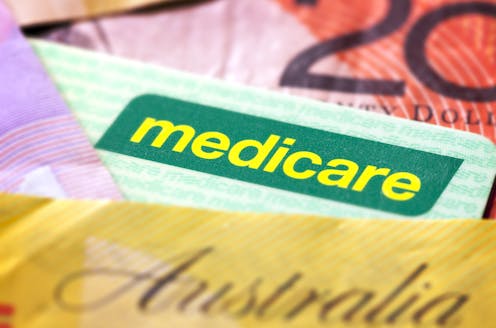
Health was a centrepiece of last year’s budget, based on a new vision for Medicare. This year, there is less health reform, but the budget does set the foundation for a new approach to community-based mental health care.
The themes of reducing cost-of-living pressures, and expanding care in the community to keep people out of hospital, span several key initiatives. Here’s what the budget means for the health system and Australians’ access to care.
A new approach to mental health services
Many Australians are missing out on the mental health support they need, with the biggest problems in disadvantaged areas that have higher needs but far fewer services:

Authors: Peter Breadon, Program Director, Health and Aged Care, Grattan Institute
Read more






